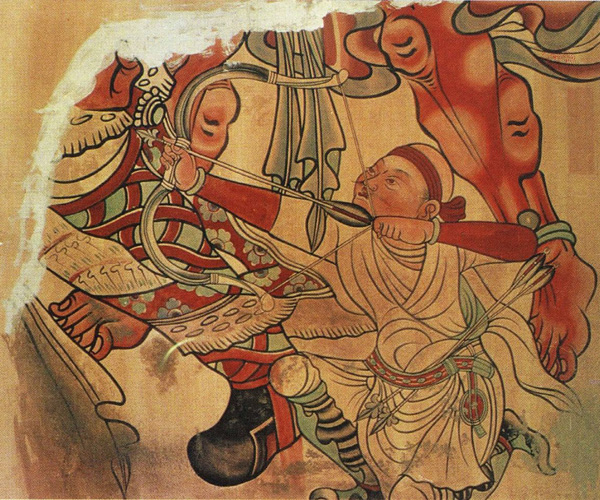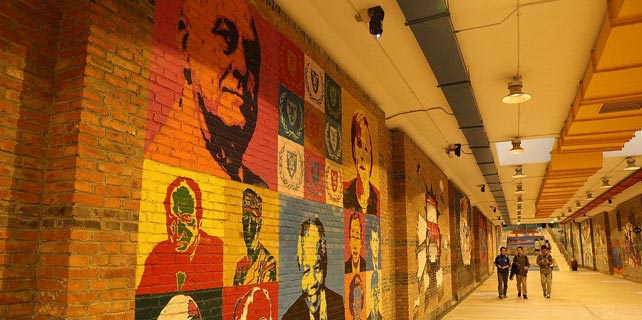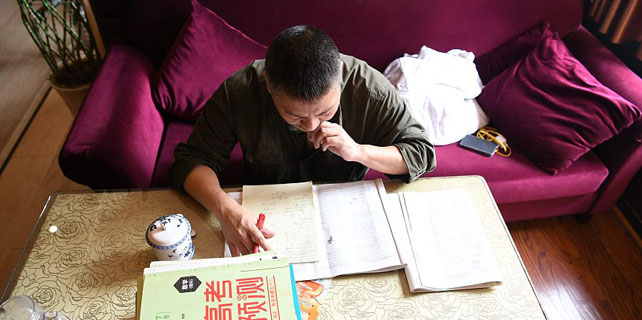Digitalizing Dunhuang: Ancient Buddhist art protected by modern tech
 |
|
The Five Dynasties Fresco (No.346 Cave, Mogao Grottoes) [Photo/VCG] |
From the fourth century AD onwards, the hundreds of largely hand-dug caves near Dunhuang acted as a depository for Buddhist art for around a millennium.
UNESCO describes the World Heritage Site as "the largest, most richly endowed, and longest used treasure house of Buddhist art in the world".
The Dunhuang Research Academy is now working with western colleges and museums on preservation techniques, and is sharing its experience in historic restoration and digitalization with others along the Silk Road.
"With the background of the Belt and Road Initiative, we expanded cooperation with other countries in the protection and study of cultural relics, and the training of personnel. We would like to introduce the culture of Dunhuang, which is on the Silk Road, to more people in other corners of the world. It's important in history," said Wang Xiaowei, vice director of the Protection Center of the Dunhuang Research Academy.
In the near future, the academy plans to cooperate with countries that also keep Dunhuang artifacts, like Russia and India, to further complete its database of ancient Buddhist art.
















